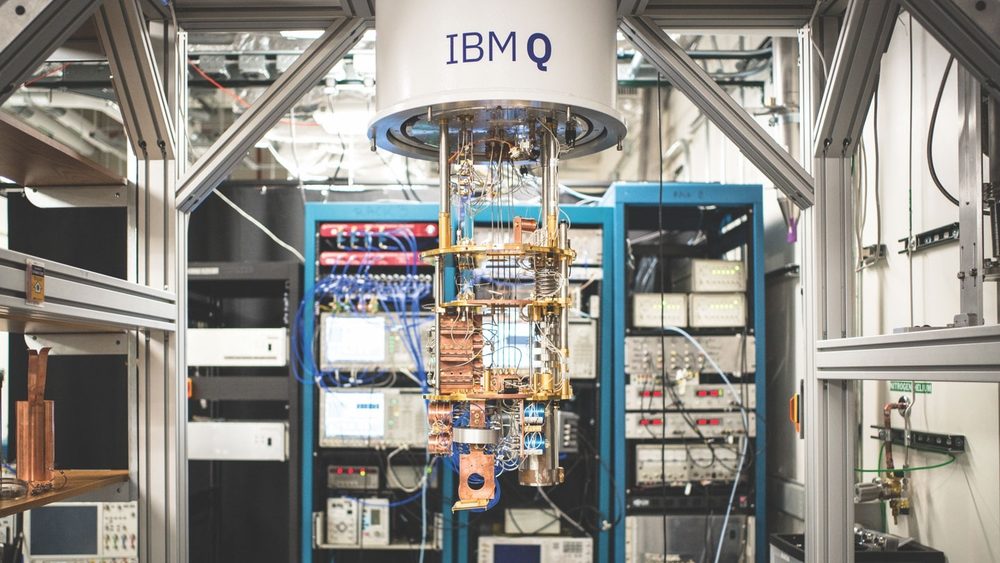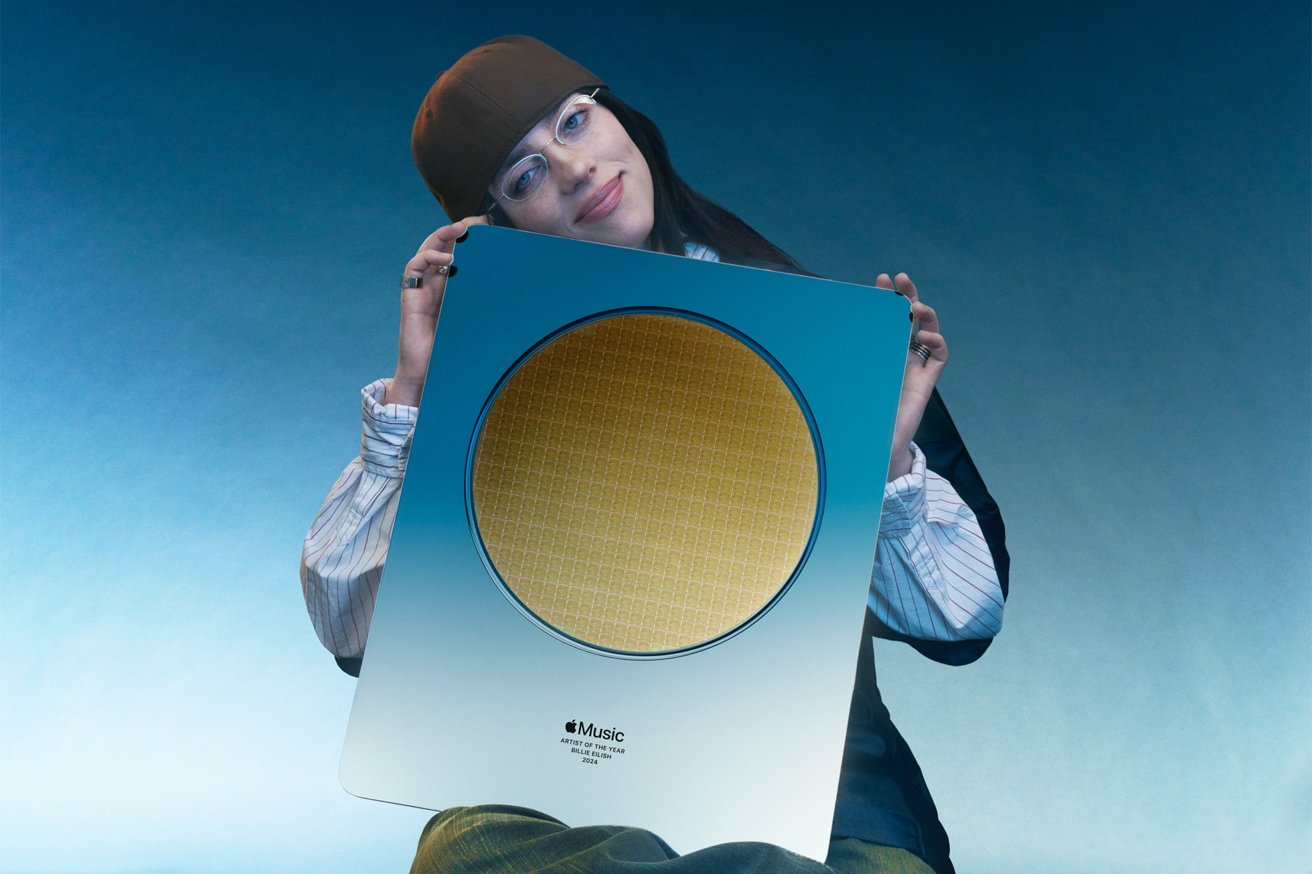There are dozens of Chinese companies that are engaged in developing their own hardware for artificial intelligence (AI). MetaX, Alibaba, Biren Technology, Moore Threads, Innosilicon, Zhaoxin, Iluvatar CoreX, DenglinAI or Vast AI Tech are some of the most important, but one shines brighter than all the others: Huawei. This company is doing well in the Chinese market (it has an annual turnover of about $7 billion in China alone), and the weakening of NVIDIA suits it perfectly.
And Huawei has had its own AI GPUs ready, the Ascend AI chips, for more than five years. During this period of time it has been refining them and increasing their capabilities with the purpose of equaling or even surpassing the performance of NVIDIA’s A100 and H100 chips. According to some analysts, such as those from the Chinese company iFly Tek, the raw power of their GPUs equals that of NVIDIA chips, but they are still one step behind if we stick to their performance in a real use scenario.
However, this Chinese company has a very valuable ally to make its way: its Ascend 910C AI GPU. Many Chinese technology companies are looking for alternatives to NVIDIA chips, and Huawei is taking advantage of the opportunity to send them samples of its Ascend 910C GPU for testing. This chip is an improved revision of the Ascend 910B, which, according to Huawei itself, has power comparable to NVIDIA’s A100, so it seems reasonable to predict that the 910C is even more powerful if possible.
Huawei already has orders on the table
Reuters assures that ByteDance plans to train a new AI model with Huawei chips, which confirms the interest that Chinese technology companies seem to have in the solutions that their compatriot is proposing. In fact, this company has ordered more than 100,000 Ascend 910B chips during 2024, although in July it had only received less than 30,000 units. This is the problem that both Huawei and SMIC are facing (Semiconductor Manufacturing International Corp), the Chinese semiconductor manufacturer that is producing Huawei’s AI chips.
Huawei plans to start large-scale manufacturing of its Ascend 910C chip in early 2025
According to Reuters, Huawei plans to begin large-scale manufacturing of its Ascend 910C chip in early 2025, but SMIC faces a major problem that it has been dealing with for more than a year: the performance of its most advanced lithography nodes is a long way off. to reach the ideal value. SMIC produces the Ascend 910C GPU using his N+2 lithographybut the performance per wafer of this node is only 20%, and to achieve profitability the performance should be at least 70%. The yield per wafer of the Ascend 910B chip manufacturing process is a little higher (close to 50%), but it is also clearly below the ideal value.
The sanctions that the US and its allies have deployed prevent SMIC from accessing the extreme ultraviolet (UVE) lithography equipment manufactured by the Dutch company ASML, so to produce these chips with its deep ultraviolet (UVP) machines it has been seen forced to resort to multiple patterning. The problem is that this technique makes the Price of integrated circuits much more expensive and does not allow them to be produced in massive quantities, as we have just seen. At this juncture it is understandable that Huawei needs to manufacture its most advanced AI chip in large quantities, but it is currently difficult to believe that SMIC will be able to meet its needs.
Imagen | Huawei
More information | Reuters
In WorldOfSoftware | China is flooding the market with extremely cheap DDR4 modules. It is a threat to South Korea











